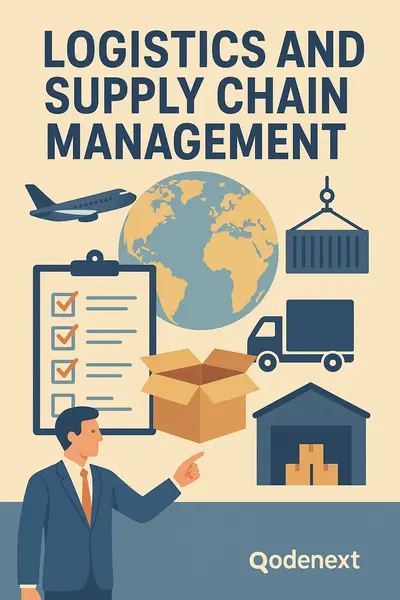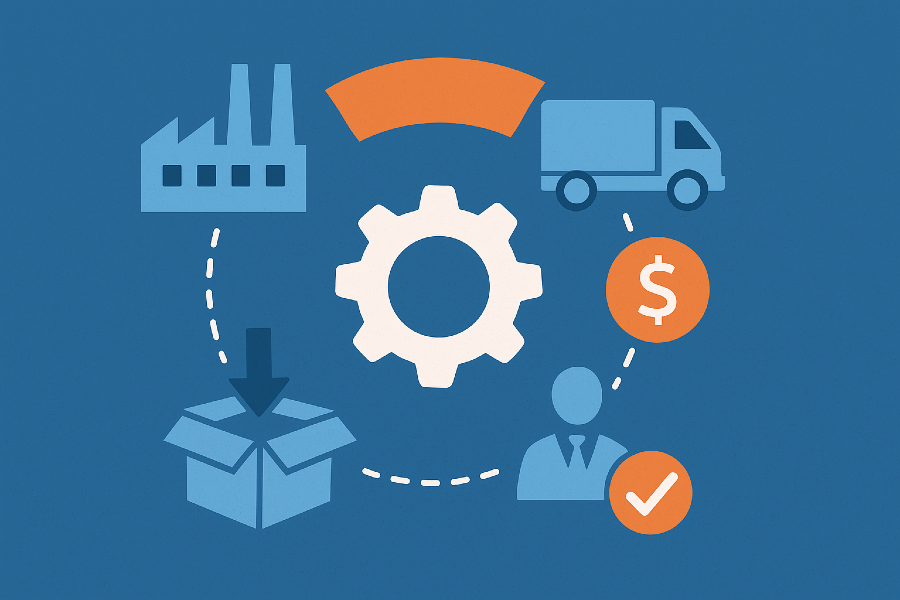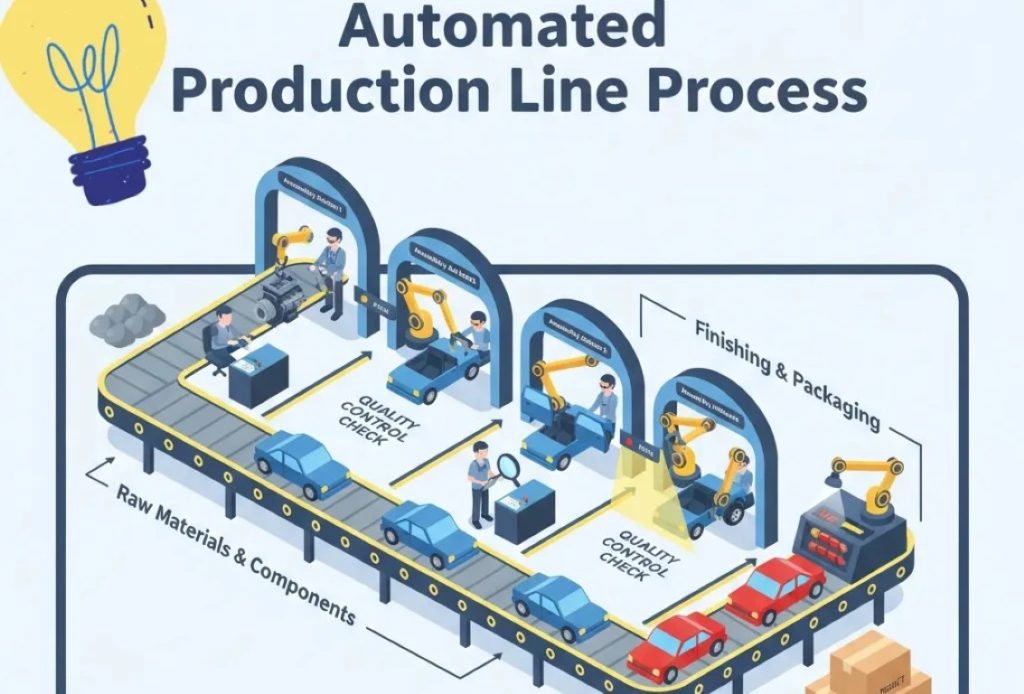In today’s fast-paced supply chain landscape, businesses are constantly seeking ways to enhance efficiency, reduce costs, and improve customer satisfaction. One of the most effective inventory management strategies that have gained traction in recent years is customer managed inventory (CMI). This approach empowers customers to take direct control over their inventory replenishment, creating a seamless flow of goods while fostering better collaboration between suppliers and buyers.

What is Customer Managed Inventory?
Customer managed inventory (CMI) is a supply chain strategy in which customers monitor and manage their own inventory levels while suppliers provide the necessary goods based on pre-agreed terms. Unlike vendor-managed inventory (VMI), where suppliers oversee stock levels at the customer’s end, CMI places the responsibility on the customer, ensuring they have the right amount of stock without over-reliance on the supplier’s forecasting.
In a customer managed inventory system, customers use real-time data and demand forecasting to make informed replenishment decisions. This model is widely adopted in industries such as manufacturing, retail, and healthcare, where inventory availability is critical for smooth operations.
How Customer Managed Inventory Works?
The customer managed inventory model operates through a structured process:
- Data Monitoring: Customers track their inventory levels using real-time tracking software or enterprise resource planning (ERP) systems.
- Demand Forecasting: Based on historical sales data, seasonal trends, and business needs, customers forecast their inventory requirements.
- Replenishment Orders: Customers place replenishment orders directly with suppliers when stock levels reach predefined thresholds.
- Supplier Fulfillment: Suppliers process the orders and deliver goods accordingly, ensuring smooth supply chain operations.
- Performance Evaluation: Both customers and suppliers analyze the efficiency of the inventory strategy and make adjustments to improve cost savings and operational efficiency.
Benefits of Customer Managed Inventory
Implementing customer inventory management provides several benefits for businesses, making it a preferred choice for companies looking to streamline their operations.
1. Enhanced Inventory Control
Since customers manage their own stock, they can avoid overstocking or understocking issues. This leads to better inventory optimization and minimizes waste.
2. Reduced Lead Times
With direct control over inventory replenishment, businesses can respond faster to demand fluctuations, reducing delays in supply chain operations.
3. Cost Savings
By eliminating the need for suppliers to monitor and manage stock, businesses can cut operational costs associated with inventory oversight and minimize unnecessary procurement expenses.
4. Improved Supplier-Customer Collaboration
Customer managed inventory fosters a stronger relationship between suppliers and buyers, as both parties work together to ensure smooth replenishment and supply chain efficiency.
5. Higher Responsiveness to Market Changes
Customers can quickly adjust their inventory strategies based on real-time market trends, ensuring they are always stocked with the right products at the right time.
6. Minimized Risk of Stockouts
With accurate demand forecasting and proactive replenishment, businesses can reduce the risk of stockouts, ensuring product availability for customers.
Challenges of Customer Managed Inventory
While customer managed inventory offers numerous advantages, businesses must also address certain challenges to ensure successful implementation.
1. Increased Responsibility on Customers
Unlike VMI, where suppliers handle stock levels, CMI requires customers to take full responsibility for monitoring and managing inventory.
2. Need for Advanced Technology
Successful CMI implementation relies on real-time inventory tracking and demand forecasting software. Companies without robust technological infrastructure may struggle to manage stock effectively. Customised inventory management software is costly and complex.
3. Potential Supplier Coordination Issues
If customers fail to communicate their inventory needs effectively, suppliers may face difficulties in meeting demand promptly, leading to supply chain disruptions.
4. Risk of Forecasting Errors
Demand forecasting inaccuracies can lead to excess inventory or shortages, impacting operational efficiency and profitability.
Best Practices for Implementing Customer Managed Inventory
To maximise the benefits of customer managed inventory, businesses should adopt the following best practices:
1. Leverage Real-Time Inventory Tracking
Implement automated customer-based inventory management strategies that provide real-time data on stock levels, usage patterns, and demand trends.
2. Establish Clear Replenishment Guidelines
Define reorder points, minimum stock levels, and replenishment cycles to ensure timely order placements and prevent supply chain disruptions.
3. Foster Strong Supplier Relationships
Regular communication and collaboration with suppliers help align inventory planning with production schedules, ensuring a seamless supply chain process.
4. Optimize Demand Forecasting
Use historical sales data, seasonal trends, and market analysis to make accurate demand forecasts and reduce the risk of inventory imbalances.
5. Train Inventory Management Teams
Educate employees on best inventory management practices and provide training on how to use inventory tracking software effectively.
6. Conduct Regular Performance Audits
Analyze key performance indicators (KPIs) such as stock turnover rates, order fulfillment times, and cost savings to continuously optimize the customer managed inventory strategy.
Industries That Benefit from Customer Managed Inventory
Several industries have successfully implemented customer managed inventory to improve supply chain efficiency. These include:
- Retail: Ensures optimal stock levels based on consumer demand, reducing overstocking or stockouts.
- Manufacturing: Helps maintain a steady flow of raw materials and components, minimising production delays.
- Healthcare: Guarantees the availability of critical medical supplies, reducing risks associated with stock shortages.
- Food & Beverage: Enables better inventory rotation and freshness management, preventing food wastage.
- Automotive: Ensures seamless supply of spare parts, reducing downtime in production and repairs.
FAQs
What is the difference between customer handling inventory and vendor managed inventory (VMI)?
CMI places the responsibility of inventory management on the customer, while VMI allows suppliers to monitor and replenish stock based on predefined agreements.
What technology is required for the inventory management process?
Businesses need inventory tracking software, ERP systems, and demand forecasting tools to manage customer-managed inventory effectively.
What are the main risks of implementing customer-supervised Inventory?
Common risks include inaccurate demand forecasting, lack of coordination with suppliers, and the need for advanced technological infrastructure.
How can businesses ensure the success of a self-managed Inventory strategy?
Companies should invest in real-time inventory tracking, establish clear replenishment guidelines, train employees, and maintain strong supplier relationships.
Is user managed inventory suitable for all industries?
While CMI is beneficial across various industries, it works best in sectors where inventory control is critical, such as retail, healthcare, and manufacturing.
Conclusion
Customer managed inventory is a powerful strategy for businesses seeking greater control over their inventory operations. By leveraging real-time data, proactive demand forecasting, and strong supplier collaboration, companies can optimise stock levels, reduce costs, and improve supply chain efficiency.
However, successful CMI implementation requires investment in technology, clear replenishment policies, and continuous performance monitoring. If you need to optimise your inventory processes, contact Qodenext today.







